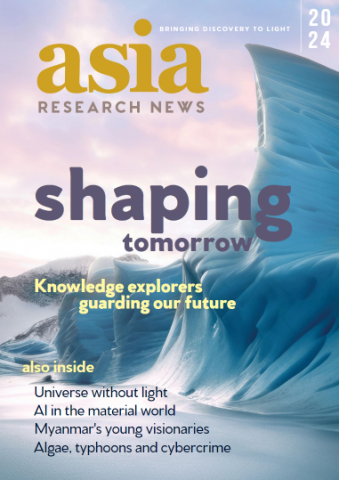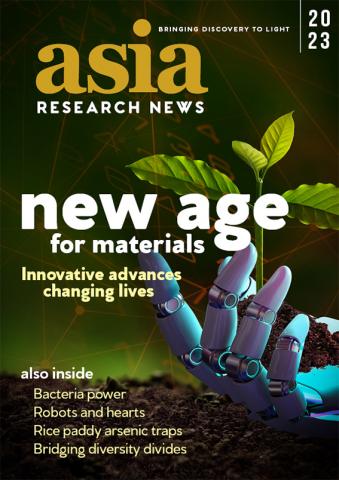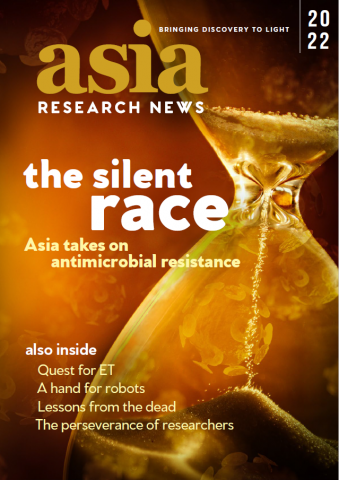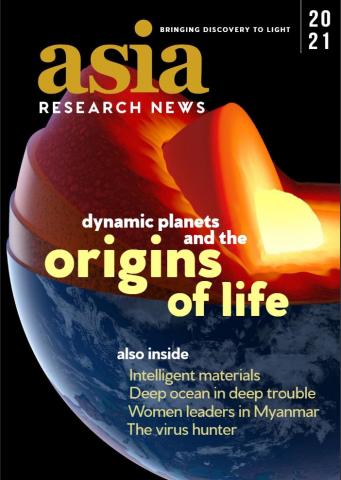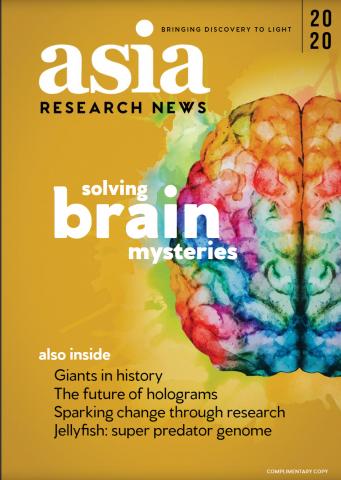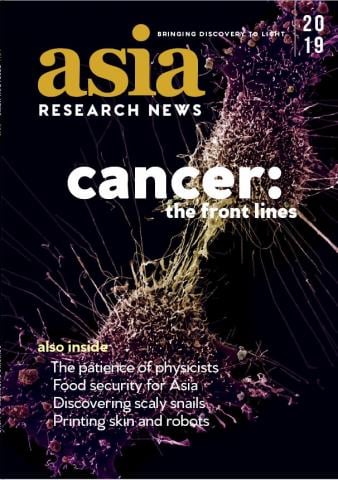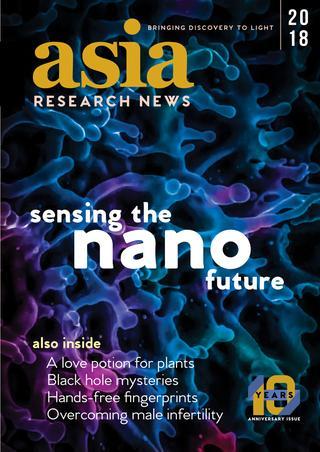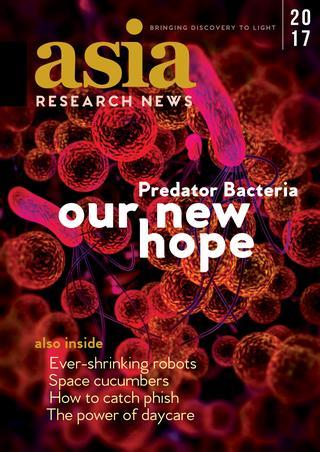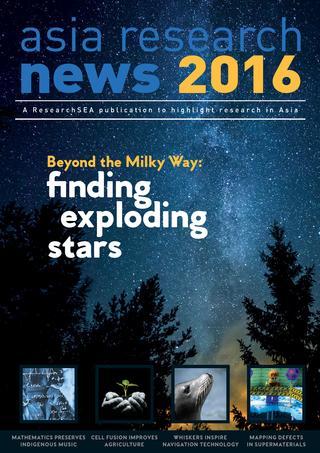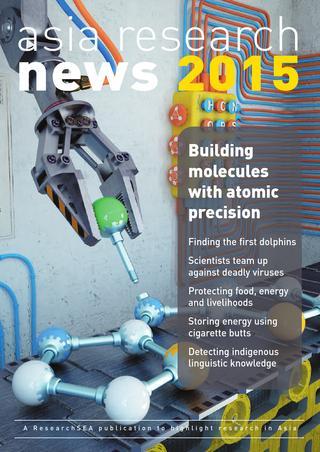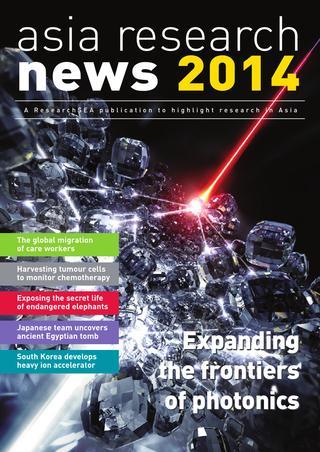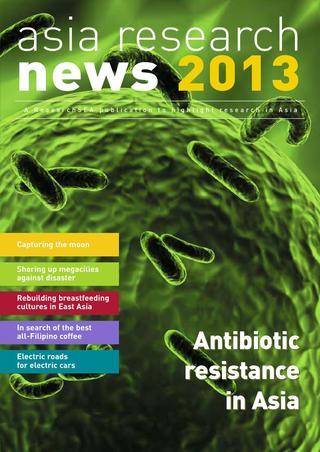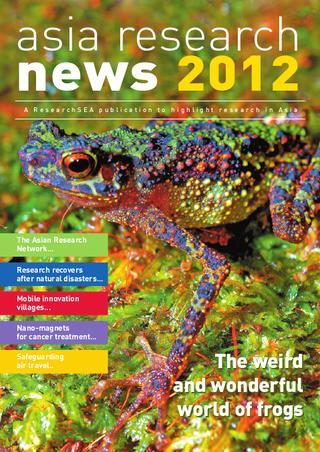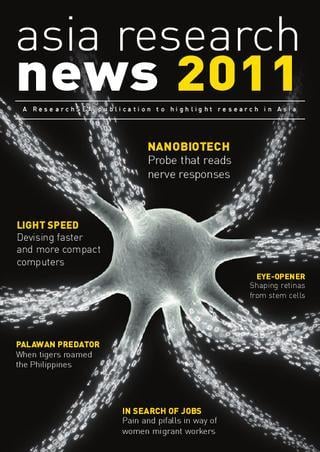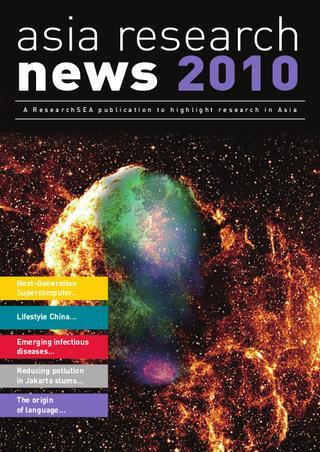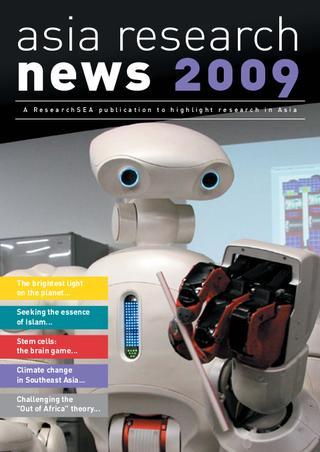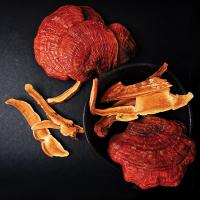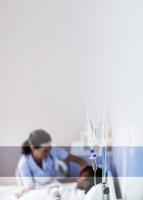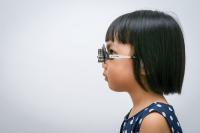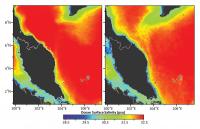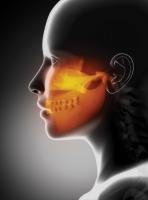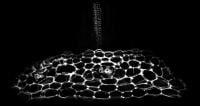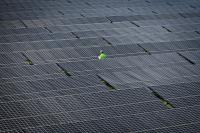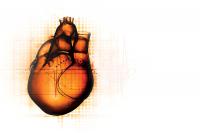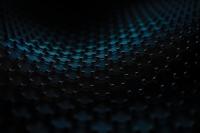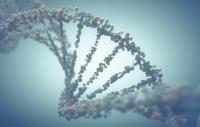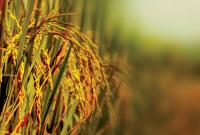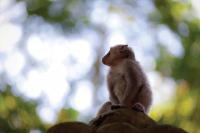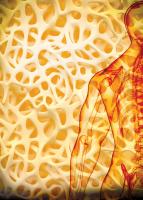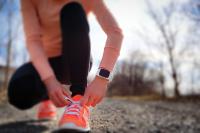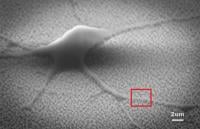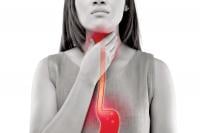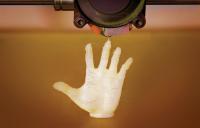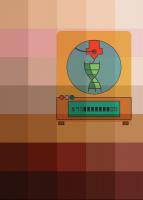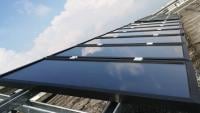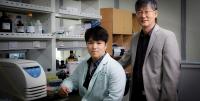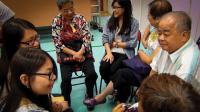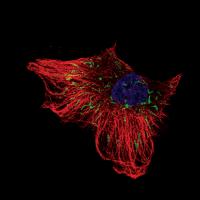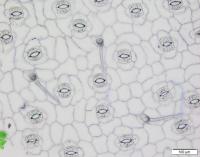2019
Read past issues:
2019 Magazine articles
Chinese medicine: The good, the bad and the authenticThe Hong Kong Polytechnic University (PolyU)Authenticating Chinese traditional medicines could become quicker and easier. |
|
Finding compounds to reduce jet lagInstitute of Transformative Bio-Molecules (WPI-ITbM), Nagoya UniversityResearchers investigated existing drugs for molecules that affect circadian rhythms and found a known anti-aging supplement reduced jet lag in mice. |
|
Predicting the endgame in dengueUniversiti Teknologi MARA (UiTM)A new model may help clinicians predict the possibility of death from severe dengue infection. |
|
Invisible nanofilm enables on-screen fingerprint detectionUlsan National Institute of Science and Technology (UNIST)A transparent, flexible smartphone sensor also measures skin temperature and tactile pressure, which could combat fingerprint forgery and make mobile devices even more compact. |
|
Eyeglasses stop shortsightedness in its tracksThe Hong Kong Polytechnic University (PolyU)A lens developed by optometrists in Hong Kong can delay the progression of short-sightedness in children. |
|
Tracking ocean salinity from space using colourUniversiti Putra Malaysia (UPM)Ocean colour could serve as a reliable proxy for salinity, opening the door for more frequent and detailed measurements. |
|
Liver cancer reaches jaw in rare caseUniversiti Teknologi MARA (UiTM)Researchers at Universiti Teknologi MARA reported in the journal Medicine a rare case of hepatocellular carcinoma cells migrating from the liver and settling in the jawbone and shoulder blade of a 61-year-old man. |
|
A sweet, clean-cut farewell in plantsDaegu Gyeongbuk Institute of Science and Technology (DGIST)A honeycomb-shaped brace in plants keeps them fit by precisely coordinating the discarding of organs, such as flowers and leaves. |
|
Improved solar panel monitoringUniversity of MalayaA novel solar panel tracer is faster, less expensive and more accurate than conventional devices. |
|
Smarter health monitoringUniversity of MalayaA compact sensor noninvasively checks dengue severity and cholesterol at home or in any health care centre. |
|
Moving beyond grapheneNational Institute for Materials Science (NIMS)Developing materials similar to graphene remains a challenge, but chemists are making progress, moving closer to smaller, faster electronics and photonics. |
|
Powerful new system for studying diabetic kidney diseaseDuke-NUS Medical SchoolA new mouse model accurately mimics diabetic kidney disease in humans, suggesting new approaches for treatment. |
|
Two strains of oil eating bacteria found in AntarcticaUniversiti Putra Malaysia (UPM)Indigenous bacteria show promise for cleaning up pollution. |
|
Protecting rice plants by exploiting their natural defencesUniversiti Putra Malaysia (UPM)An analysis of the chemical signals sent out by rice plants under attack by the brown planthopper could help in the natural control of this insect pest. |
|
New species of malaria parasite found in long-tailed macaquesUniversiti Malaysia SarawakMolecular analysis reveals that long-tailed macaques from Malaysian Borneo host a previously unidentified species of Plasmodium malaria parasite. |
|
Electron sandwich doubles thermoelectric performanceHokkaido UniversityThe ability of thermoelectric materials to convert heat into electricity has been more than doubled. This could help reduce the amount of wasted heat, and thus wasted fossil fuel, in daily activities and industries. |
|
Memory foam scaffold helps bone regenerateThe Hong Kong Polytechnic University (PolyU)A new scaffold expands to fill in bone defects and encourage tissue growth. |
|
Converting vibrations into electricityNational Institute for Materials Science (NIMS)Compact chips could power electronics using natural vibrations. |
|
Nanotech massage produces safe brain cellsHong Kong Baptist University (HKBU)An award-winning device employs nanotechnology to safely grow neural stem cells for replacement therapy research. |
|
The cancerous effect of reflux?Universiti Malaysia SarawakInvestigations suggest a link between bile acid reflux and cancer of the upper throat. |
|
Printing the 'soft' robots of the futureNational Institute for Materials Science (NIMS)3D printing shows potential for fabricating personalized ‘soft’ robotic hands and hearts. But challenges need to be addressed. |
|
Skin pigmentation recreated with 3D bioprinterIOP PublishingEngineered human skin can look more natural when made using 3D bioprinting. |
|
Key flu target identifiedHokkaido UniversityA key cell receptor that facilitates influenza A virus infection has been identified following decades of research. |
|
Delivering the goods to bone cancerHong Kong Baptist University (HKBU)A gene-editing Trojan horse that sneaks up on osteosarcoma cells could help the fight against this aggressive childhood bone cancer. |
|
Investigating the safety of Myanmar's bridgesInstitute of Industrial Science, The University of Tokyo (UTokyo-IIS)Japanese researchers have investigated a collapsed bridge in Myanmar and surveyed the safety of seven similar bridges across the country. |
|
Perovskite solar cells: Can we go lead-free?National Institute for Materials Science (NIMS)Scientists are investigating the potential of non-toxic materials to replace lead in perovskite solar cells. |
|
Gene regulator goes to town in liver cancerUlsan National Institute of Science and Technology (UNIST)Hepatocellular carcinoma diagnosis, prognosis and treatment could improve by identifying a closely associated protein. |
|
Learning life outside the classroomHong Kong Baptist University (HKBU)A multi-generational learning programme shows Hong Kong university students can learn much from older people in the community. |
|
Mitochondria come together to kill cancer cellsHokkaido UniversityUncovered details of a molecular pathway in cancer cells could lead to improved treatment. |
|
The compounds that keep plants freshInstitute of Transformative Bio-Molecules (WPI-ITbM), Nagoya UniversityControlling plant pore openings could help boost drought tolerance in live plants and extend the freshness of bouquets of cut flowers, thanks to an unusual research approach. |


